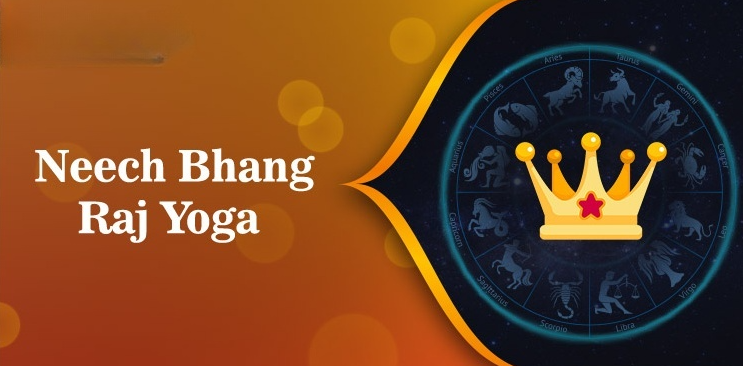Durga Saptashati: What Significance Does it Hold for Hindus?

Durga Saptashati is a very powerful Sanatan Hindu text praising Goddess Durga. Looked upon as a divine mother, Maa Durga is one of the principal deities of the Hindu pantheon and is considered the protector and slayer of demonic forces by her devotees. The Goddess wears a golden complexion and is hence also called Gauri. She rides a lion, true to her personality and valour as she is believed to be the central force of universal energy and power, and hence she is also called Adi Shakti. She has 10 arms that hold many types of weapons in them, the arms resemble her motherly form being the source of energy and power that protects mankind from all evils.
The Durga Saptashati is a part of the Markandeya Purana, one of the 18 major Puranas. It is said to have been composed between 400-600 CE. It heaps praise on our Goddess Durga and describes her as the supreme power (Adi Param Shakti) and that she was the central energy in the creation of the universe.
Maa Durga and Durga Saptashati
According to ancient Sanatan Hindu scriptures, Goddess Durga has carried on many fierce wars against demons and demonic forces and slayed them to save the universe.
Every time Devas desired her divine intervention, the Goddess undertook war against the demonic forces for the welfare of mankind and the universe. Therefore, Maa Durga’s every battle with the demons has been fierce and inspiring for the devotees.
Goddess Durga battle stories are named Durga Saptshati in the North and is also known as Devi Mahatmya in Southern India and Chandi Path in West Bengal and Eastern India.
Durga Saptashati contains 13 chapters and about 700 verses.
It is practised among Sanatan Hindus to chant this most auspicious and awakening Durga Saptashati verses during Navaratra or Durga Puja. You can chant Durga Saptashati verses daily or on Fridays and Tuesdays, too.
Significance of Durga Saptashati
Durga Saptashati is a popular Shakta or Devi Shakti Patha that is chanted by millions to evoke Devi Durga. Sanatan Hindus across the world, recite Durga Saptashati mandatorily during the Navratra and Durga Puja festivals.
Durga Saptashati patha is mandatory when the most powerful Maa Chandi Homa is performed anywhere. Chandi Homa or Chandi Patha is a very auspicious Homa performed for good health and gain victory over enemies.
Durga Saptashati recitation blesses devotees with fearlessness and also provides them protection from all kinds of evil and demonic forces. You can chant Durga Saptashati to get rid of all the challenges and problems of life.
What are the Benefits of Chanting Durga Saptashati?
Here are various benefits of reciting Durga Saptashati.
- Can mitigate the effect of the wrong placement of planets in the birth chart.
- Maa Durga blesses those who chant this powerful Stotram. They are protected against their enemies and rivals.
- Devotees may experience happiness and satisfaction.
- Maa Durga loves Chandi Path. Therefore, those who chant will have her grace and blessings.
- By reciting this Stotram, one can attain good health and stable wealth.
- A person chanting this Stotram become debt-free and becomes financially stable.
- Devotees are blessed with genuine wishes.
- Reciting this powerful Stotram protects devotees from black magic.
- Reciting the Durga Saptashati makes one fearless and daring to face the challenges of life.
- Reciting this Stotram helps in finding a suitable life partner and disciplined and successful children.
- Reciting Durga Saptashati every day, seven days a week can relieve devotees from all evils and negatives
How to Recite Durga Saptashati Stotram?
For long, specific procedures are being followed while reading the Durga Saptashati during Navaratri. As mentioned earlier, there are thirteen chapters in Durga Saptashati, and there is a procedure to read these chapters during the nine days of Navaratri.
- 1st day: On the first day recite the verses of Madhu Kaitabha Samhaara in 1st Chapter.
- 2nd day: On the second day recite the Mahishhasura Samhaara in Chapters 2nd, 3rd, and 4th.
- 3rd day: Recite the verses in Chapters 5th and 6th that tell about Dhumralochana Vadha.
- 4th day: Recite the verses in Chapter 7th, which tells about Chanda Munda Vadha.
- 5th day: Recite the verses in Chapter 8th, tells about Rakta Beeja Samhaara.
- 6th day: Chant the verses in the 9th and 10th Chapters that tell about the Shumbha Nishumbha Vadha.
- 7th day: Recite the verses in Chapter 11, extolling Goddess Narayani.
- 8th day: The Phalastuti is in Chapter 12. It tells about the merits and benefits of reciting Durga Saptashati.
- 9th day: you will have to read chapter 13 containing the blessings to Suratha and the Merchant.
- 10th day: The last day of the Navratra is for the recitation of the Aparadha Kshama Prarthana Stotram in Chapter 14.
Many devotees also complete the entire Durga Saptashati Patha on the 9th day by reciting Devi Aparadha Kshama Prarthana Stotram in advance on the 9th day of Navratra. Also, make sure you recite the Siddha Kunjika Stotram after you finish the recitation after every Chapter.
If you want more insight into Durga Saptashati and other Durga Mantras and Stotrams, you can consult our astrologers here.









